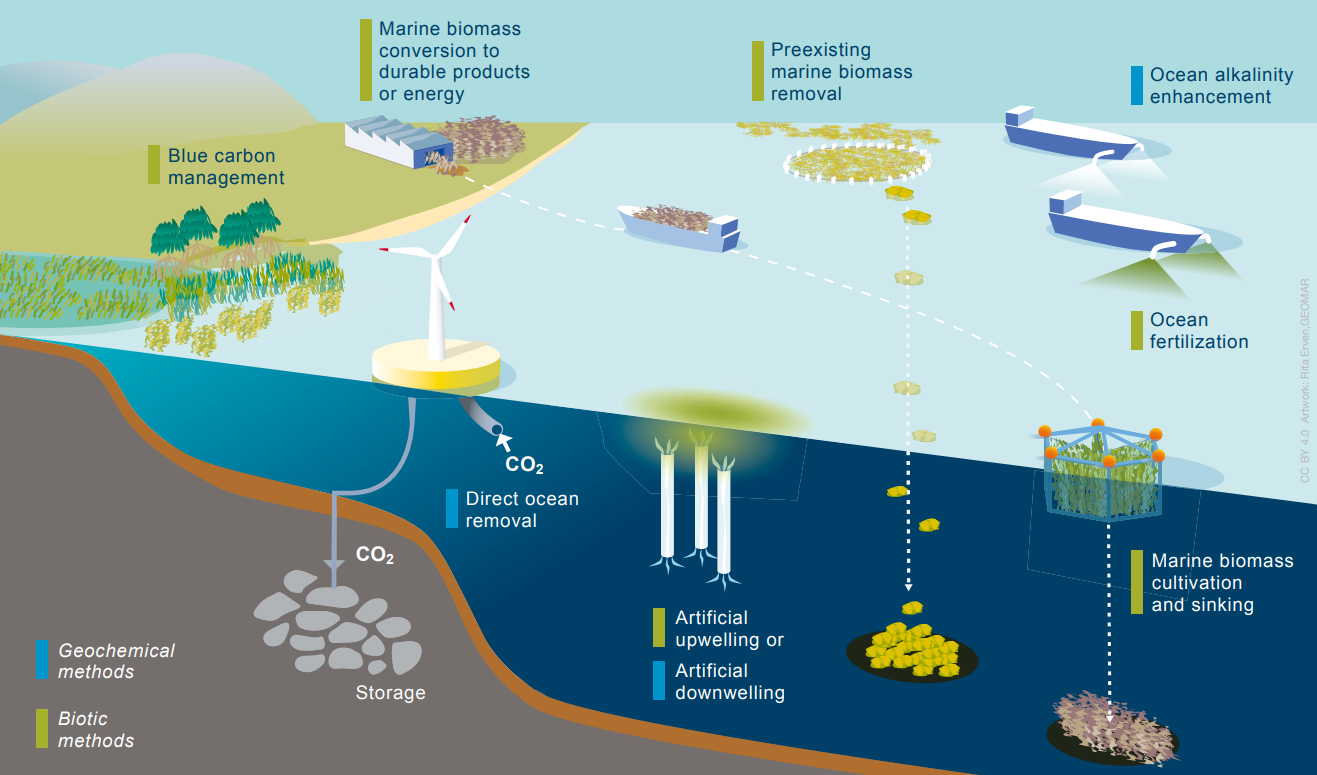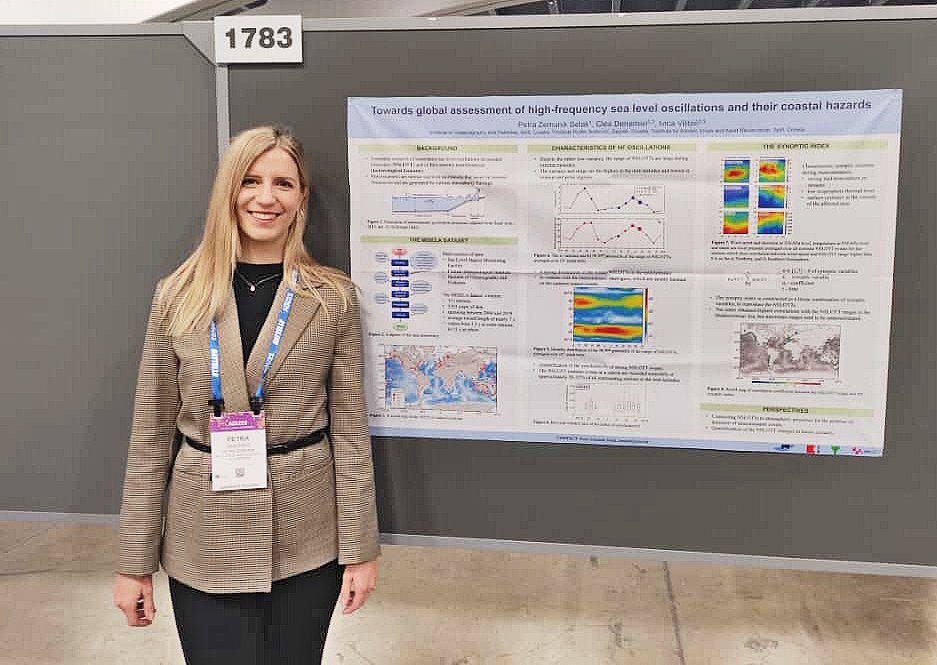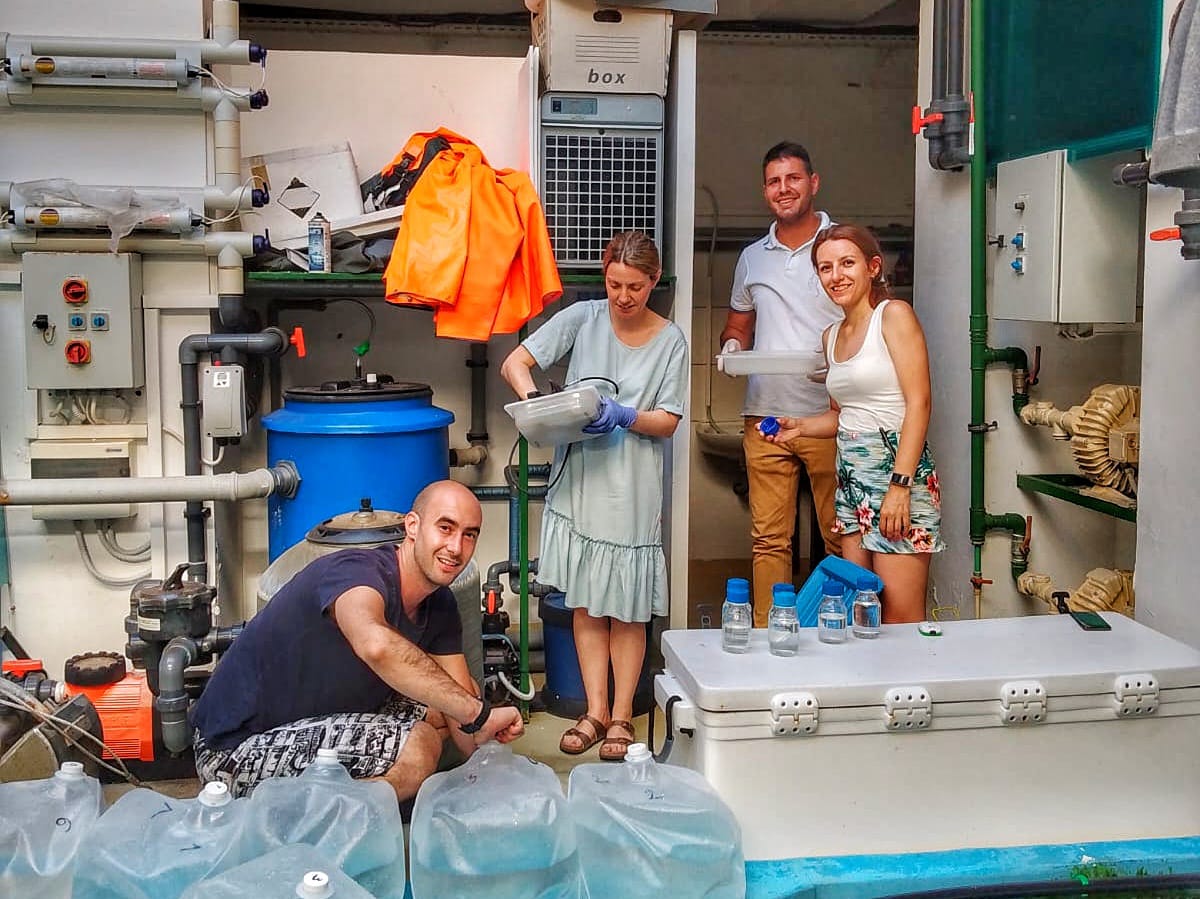Scientists from our institute participated, alongside 19 laboratories across the EU, in testing a new molecular method for assessing the quality of drinking water.
The outcomes of this large-scale study could enable faster identification of contamination and more effective prevention of diseases associated with the consumption of microbiologically contaminated water.
The microbiological quality of water intended for human consumption in the EU is regulated by the Drinking Water Directive 2020/2184 (DWD), which sets strict threshold values for key microbial indicators—intestinal enterococci and Escherichia coli (E. coli)—allowing no detectable colonies of either indicator in 100 mL of water.
The detection and enumeration of E. coli have traditionally relied on reference methods based on culturing bacteria on specific media, which typically require 1–2 days to produce results. This delay can hinder timely action in the event of contamination. In contrast, molecular techniques can provide results within a few hours.
For this reason, a team of scientists from across the EU conducted a representative study to validate a novel molecular method based on real-time reverse transcription polymerase chain reaction (RT-qPCR) for the rapid detection of E. coli in drinking water.
To ensure that the method’s performance was as representative and realistic as possible—given that it can be influenced by testing conditions, laboratory infrastructure, and examiner expertise—this coordinated study, the first of its kind for drinking water, required the involvement of as many laboratories as possible from ten EU Member States. The expertise and reliability of our Microbiology Laboratory in the field of microbiological water analysis had already been well recognized, as evidenced by numerous high-quality scientific publications and the long-standing involvement of Dr. Slaven Jozić in the European Microbiology Expert Group (EMEG). This reputation enabled the inclusion of our laboratory in this important testing process.
The alternative method demonstrated slightly lower sensitivity compared to the reference method (91.1% vs. 97.2%), but it delivered results much faster, making it a valuable tool for testing—especially when rapid decision-making is critical in contamination events. This ultimately reduces the risk of waterborne infections and helps protect public health.




